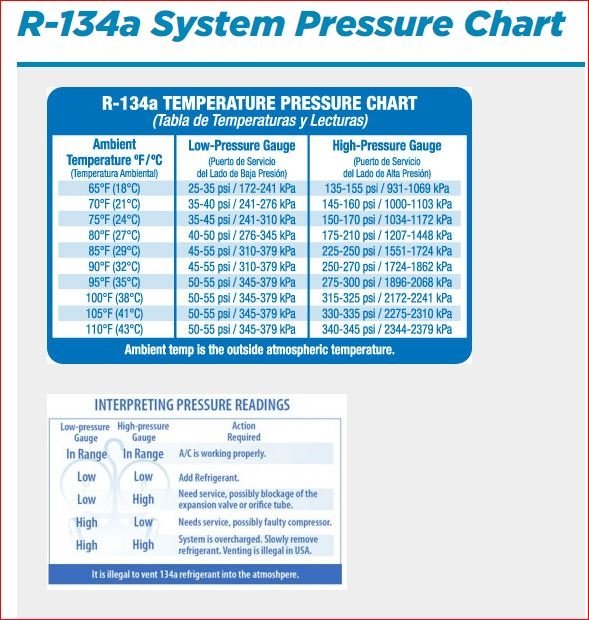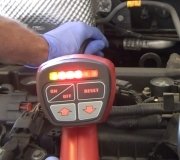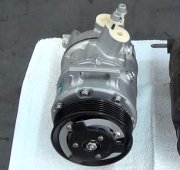1.) Why would the system have no leak under vacuum but lose all refrigerant when under pressure?
2.) Provided I can find the source of the leak, will I need to add PAG oil? (I know that vacuuming the system down doesn't remove the PAG oil, but would I have lost any due to the leak (wherever it is))?
3.) In the event that I need to add PAG oil, is there a simple way to determine how much, or do I need to drain the oil from the compressor and then fill it with the specified amount. I know that too much oil reduces the effectiveness of the refrigerant and will decrease the cooling capacity.
4.) Is there anything else I should be aware of?
Thanks,
Chuck
SPONSORED LINKS
Saturday, June 25th, 2022 AT 2:49 AM





